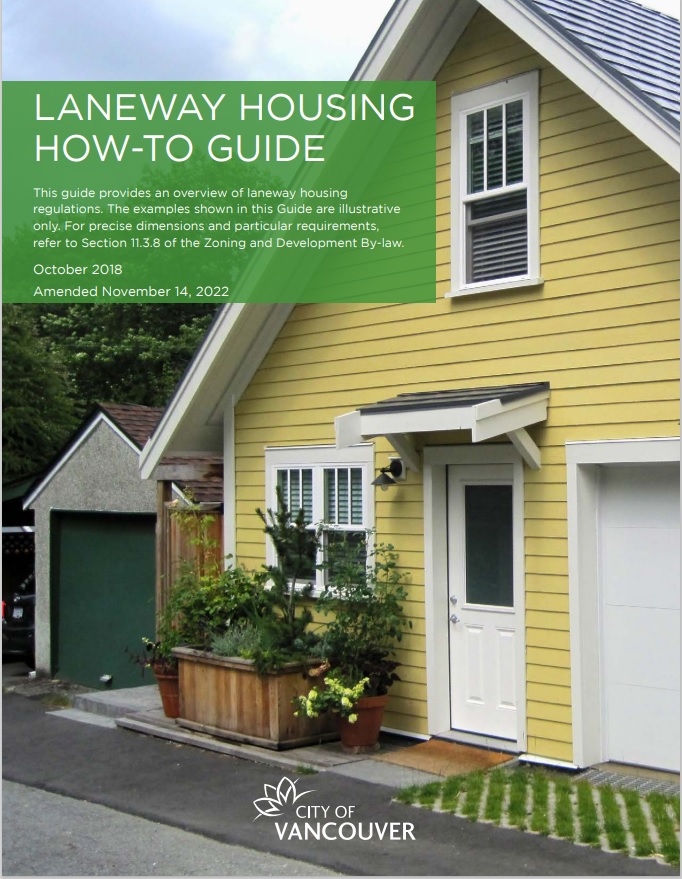With the increasing demand for new and affordable homes, many municipalities are looking for innovative ways to increase accessible housing. One strategy gaining traction is to reduce development costs by requiring a greater percentage of “in-fill homes” – those that fit existing areas without significantly changing the areas’ character. Among the approaches is to introduce approval of carriage or laneway homes – independent residential structures on a homeowner’s lot. In addition to supporting increased housing options, rental of these properties can result in revenue for homeowners.
However, current restrictions in the National Building Code (NBC) limit municipalities’ authority to allow construction of these homes. Because carriage and laneway homes are small, standalone, homes located on an existing building lot with another structure, the building code limits their distances from lot lines and allowed distance from firefighting access. The NBC has strict requirements on lot line limiting distances, percentage of window openings, and eaves protection, that would place significant restrictions on any new property.
Installed residential fire sprinklers are the solution to these obstacles. The NBC permits that if the building department, planners, and the fire service agree, fire sprinklers can be used to offset these restrictions.
Installed residential sprinklers are proven to be effective at controlling and extinguishing fires at the incipient stages. They are already recognized as an accepted safety trade-off in other areas of the NBC and their efficiency and effectiveness achieve the same trade-off for these homes. Sprinklers therefore make the homes more attractive and more beneficial to the occupants and homeowners as well as the entire community.
Municipality Examples
As Vancouver has had a mandatory sprinkler bylaw for all new residential properties since the 1990s, the laneway home would be required to be sprinklered to NFPA 13R. To address access for firefighting for these properties, the City of Vancouver now permits longer travel distances of up to 45 metres for firefighters if the property is sprinklered. As a result of these building code changes in Vancouver, the number of carriage homes approved increased from 19 in 2009 to 348 by 2013.
Toronto approved changes in 2018 and as of 2020 new applications increased to 100. In 2022, Regina city council approved local code changes as well. Carriage homes are in an upward demand – sprinklers will make them even more cost effective and safer choices for residents. These are great examples of forward-thinking municipalities utilizing the benefits of residential fire sprinklers to achieve local construction goals.
As more municipalities use innovation to address their housing challenges, they should consider how fire sprinklers can help achieve affordability. Installed residential fire sprinklers in Canada have proven themselves to be effective life and property saving additions. They are now also proving to be a vital component in solving housing affordability and availability issues.

